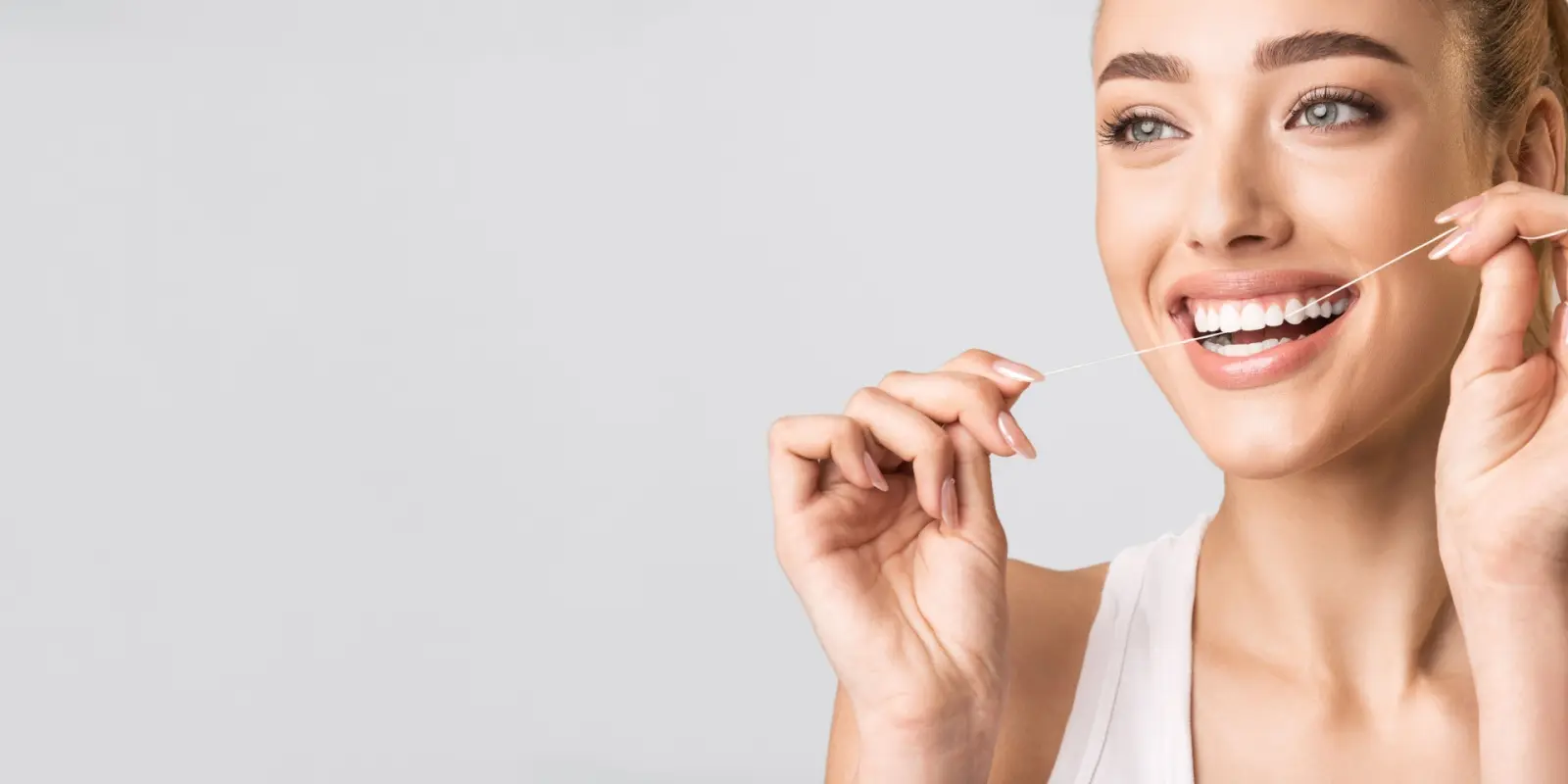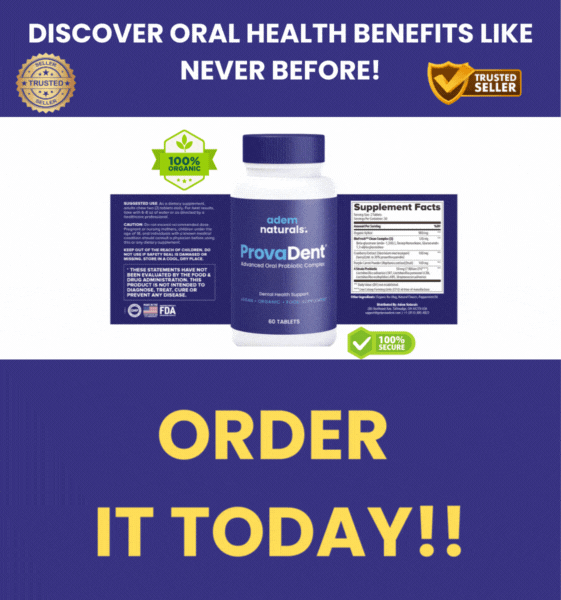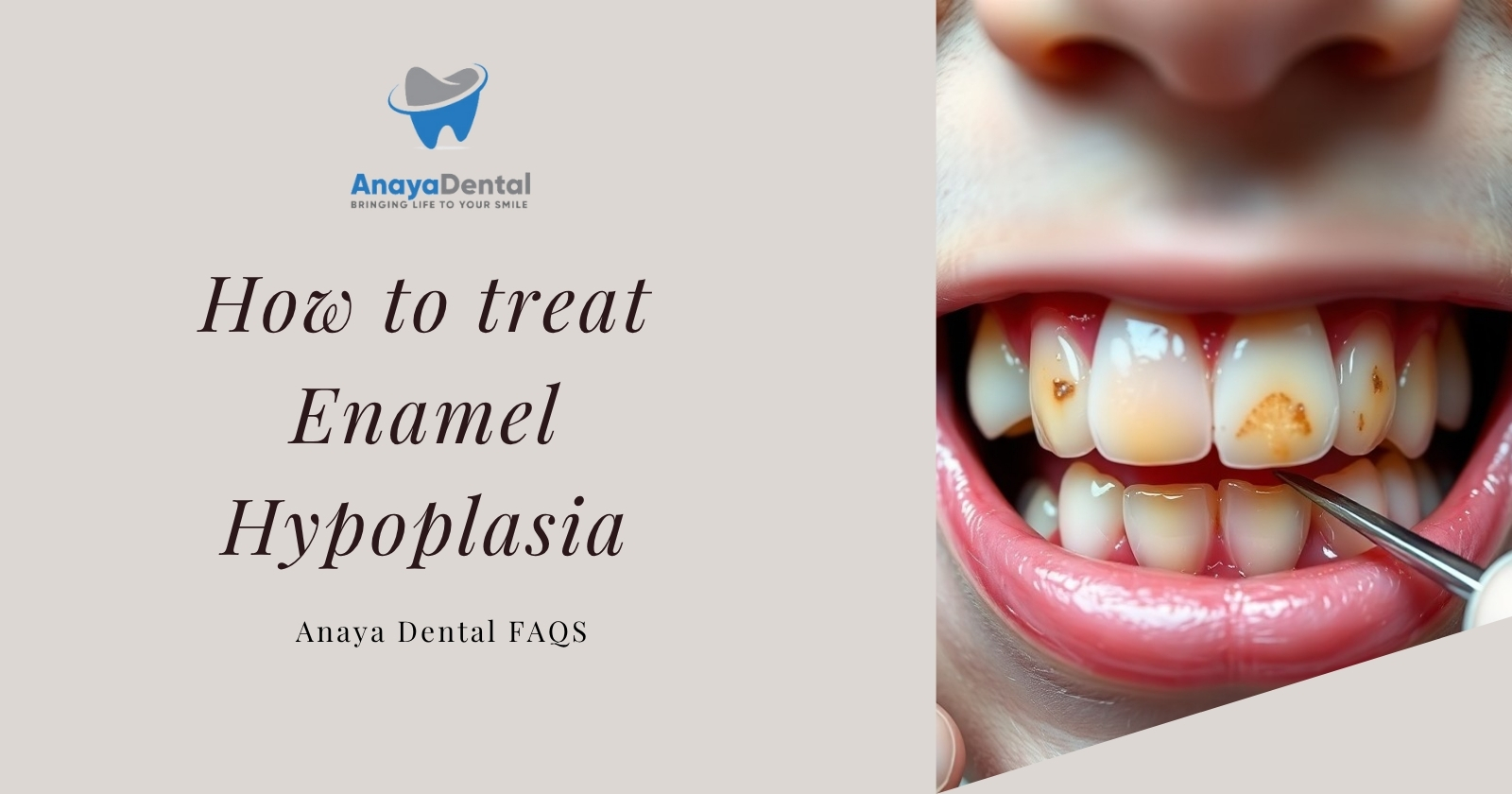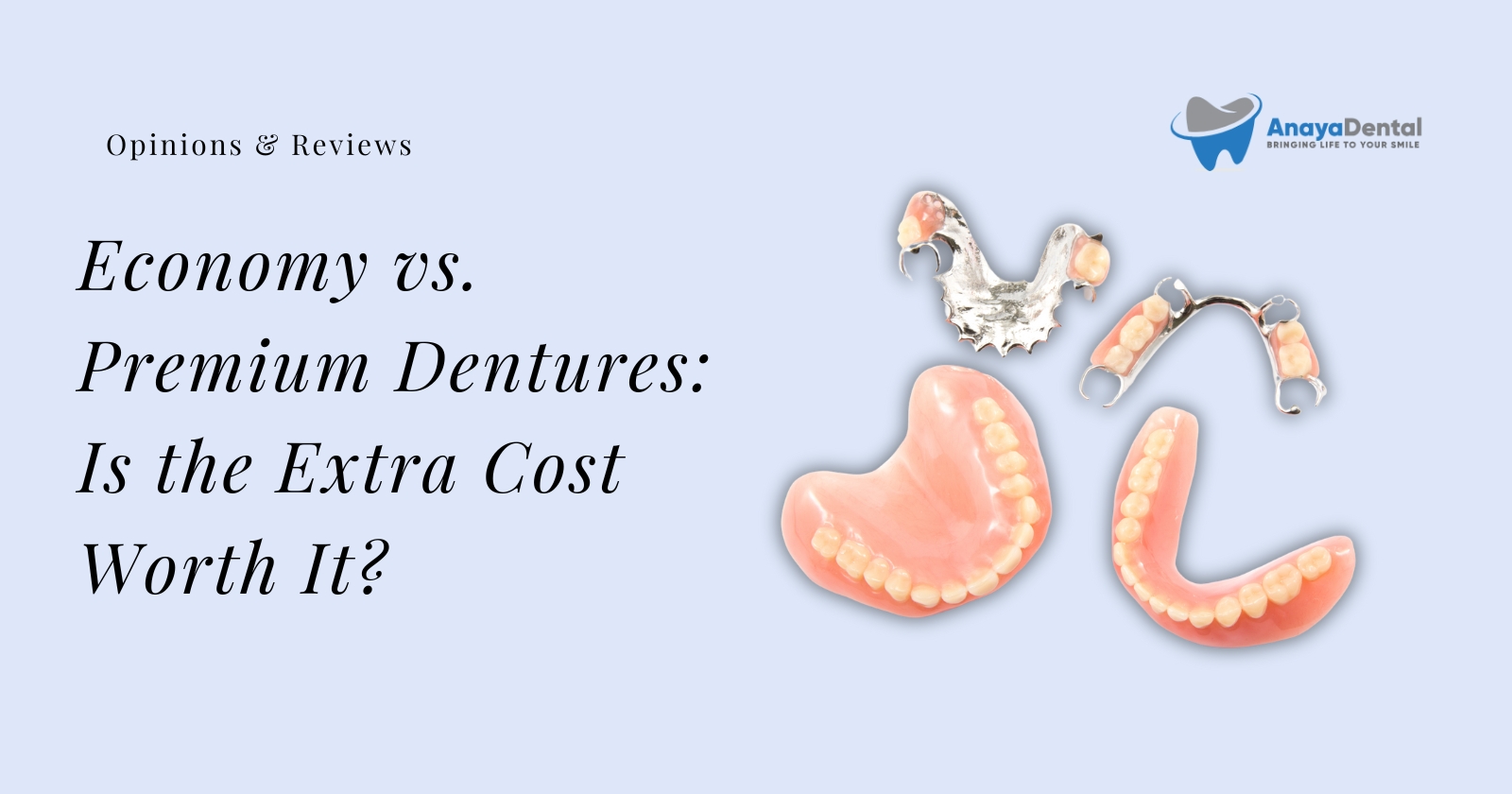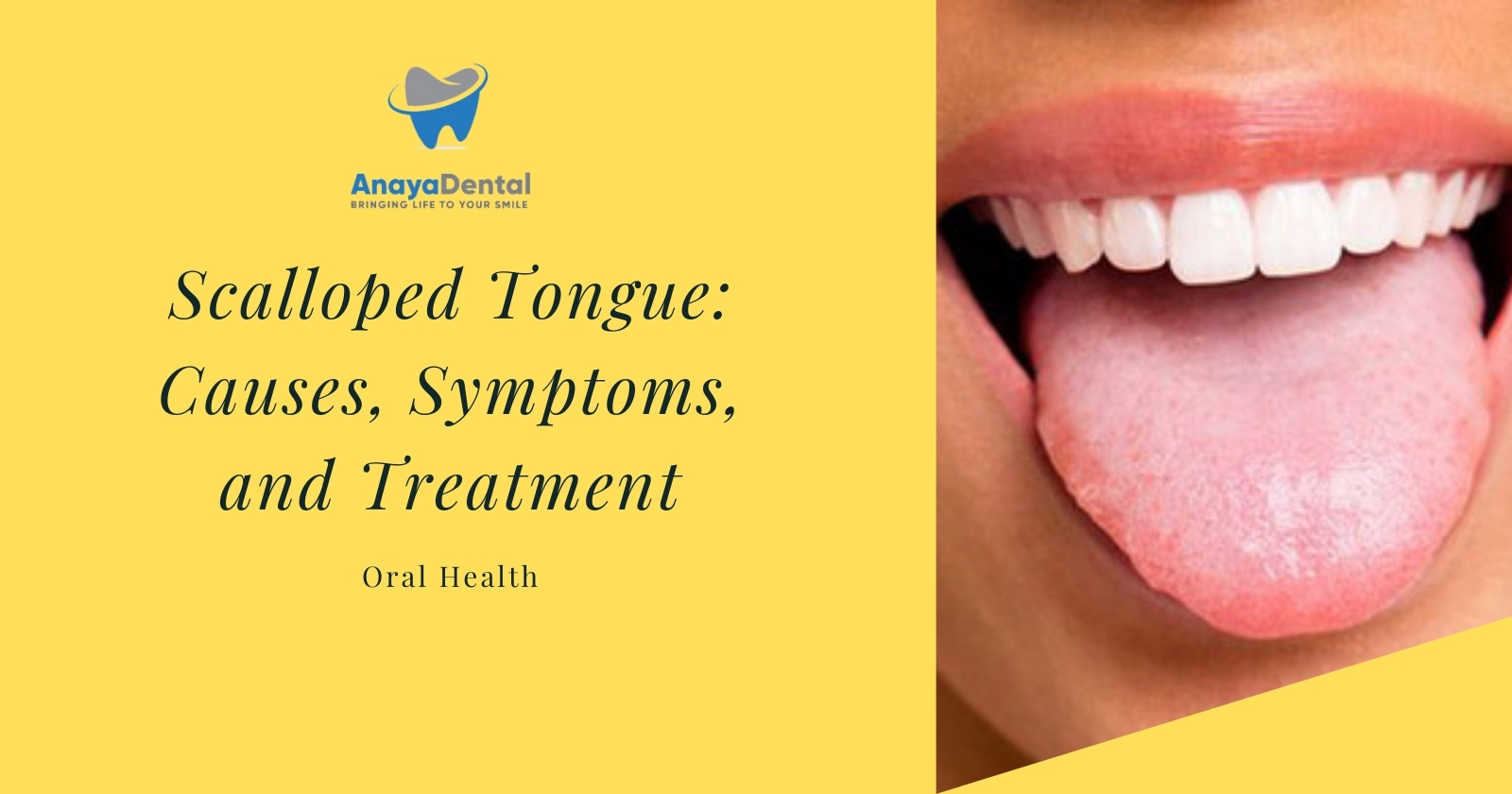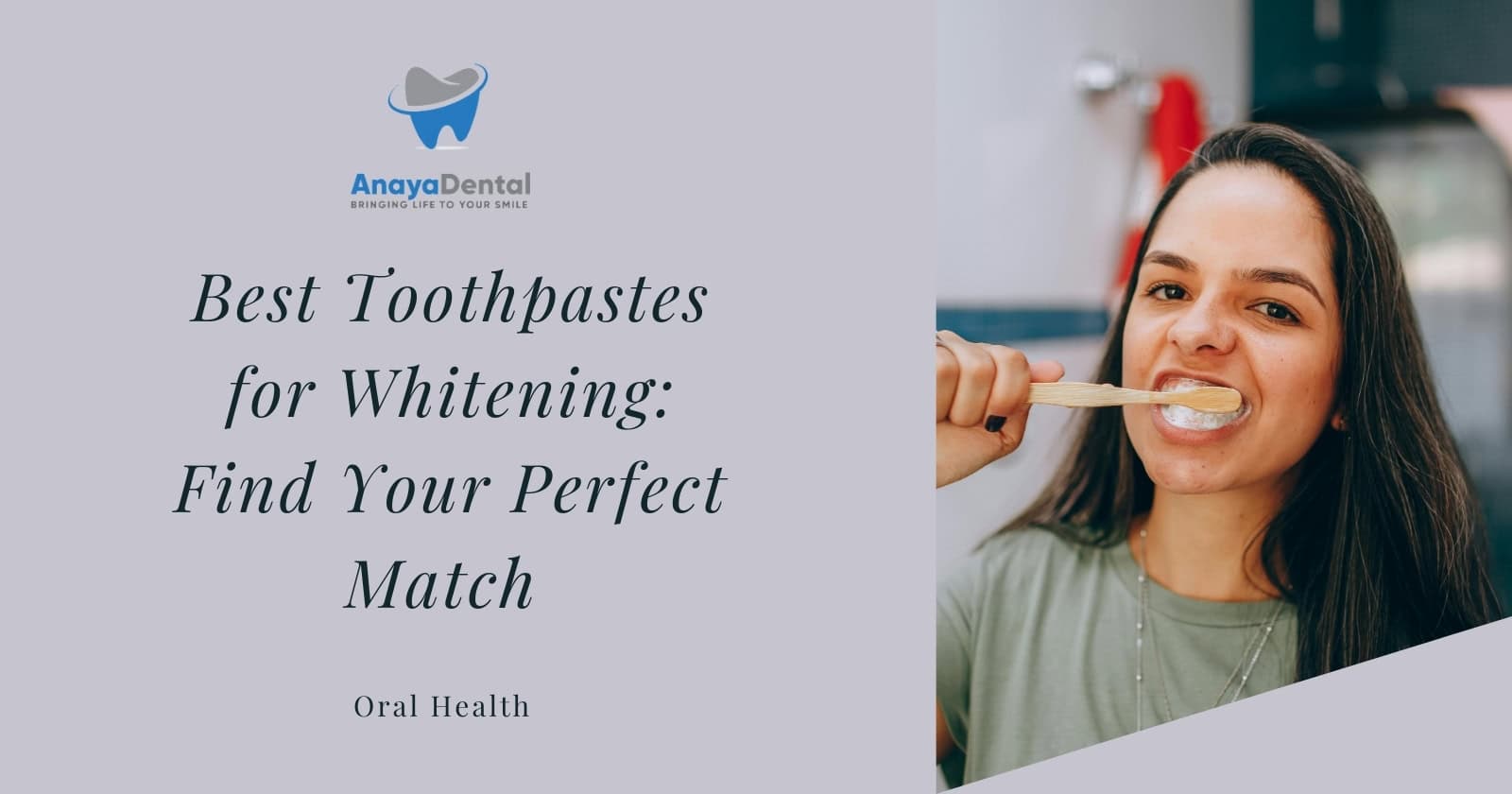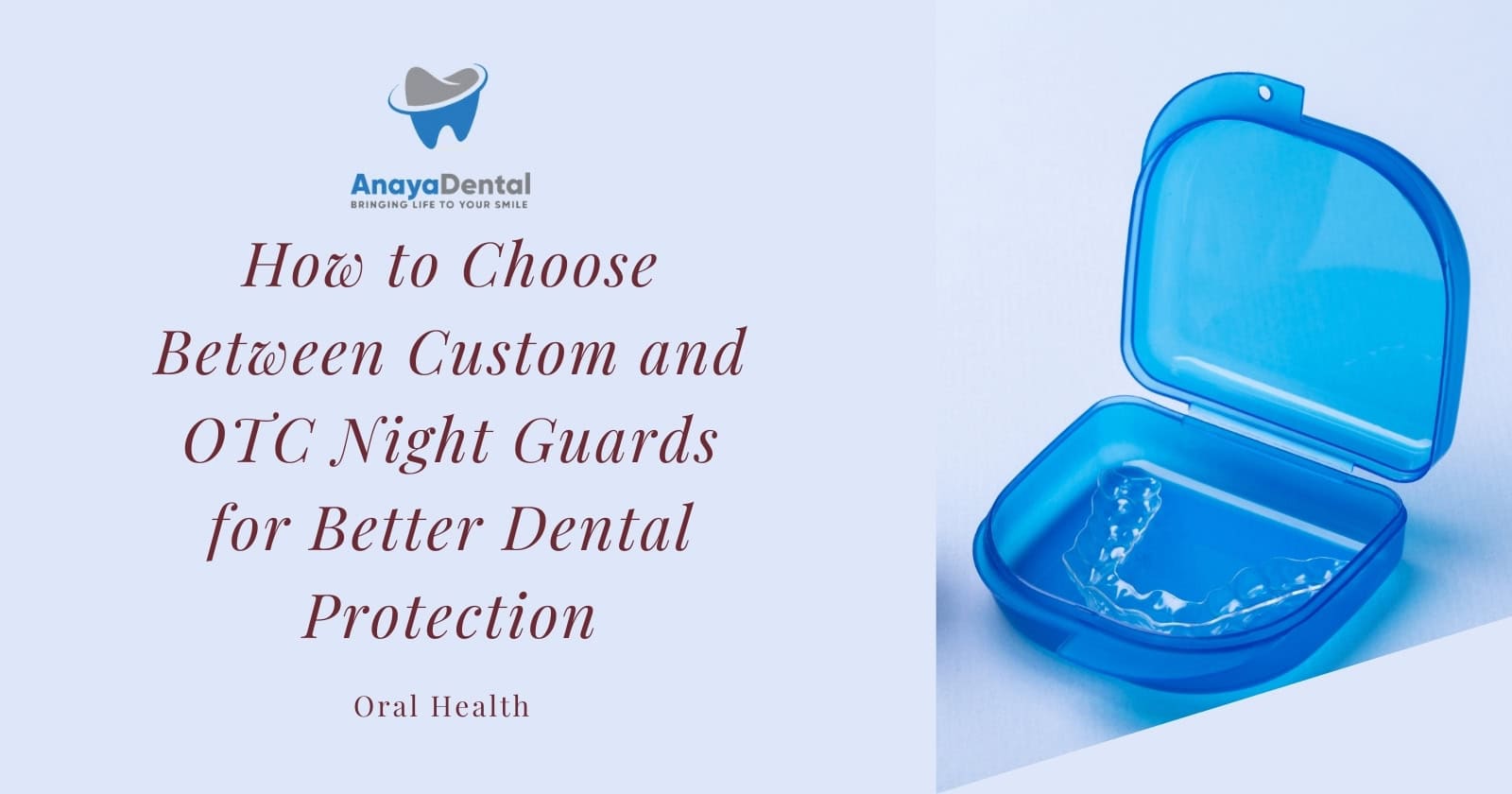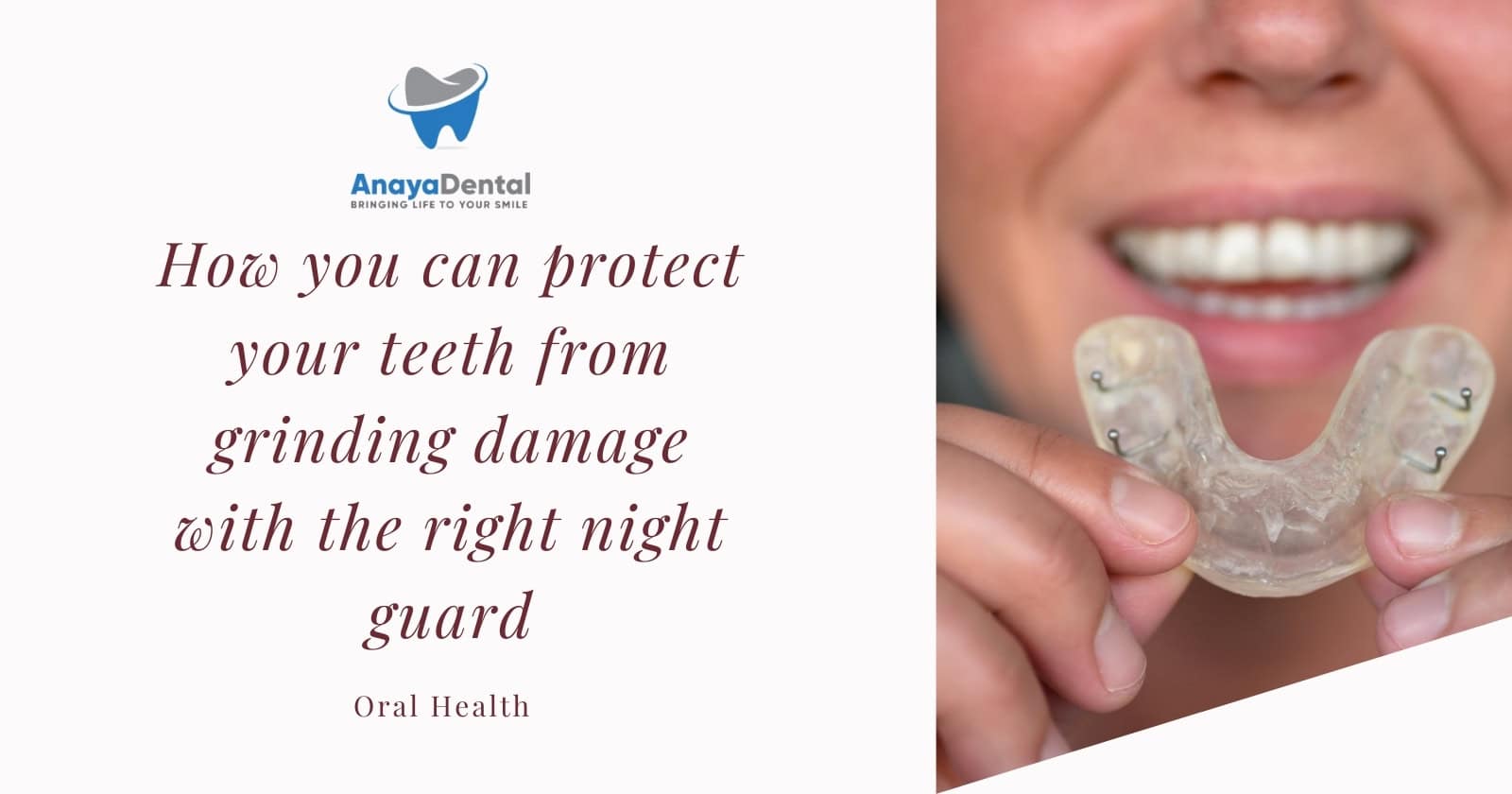Understanding the Importance of Daily Flossing for Optimal Oral Health
When it comes to oral hygiene, brushing your teeth often takes center stage. However, dental flossing plays an equally crucial role in maintaining your dental health. While most people understand they should floss regularly, there’s often confusion about the best time to floss – is it more effective in the morning, at night, or does the timing really matter at all? This comprehensive guide explores the science behind flossing timing and helps you determine the optimal flossing routine for your unique needs.
The Science Behind Dental Flossing and Why It’s Essential
Flossing isn’t just a supplementary dental habit – it’s an essential component of proper oral care. When you brush your teeth, you’re only cleaning approximately 60% of your tooth surfaces. The remaining 40% – the tight spaces between your teeth and beneath your gumline – remain untouched by your toothbrush bristles. This is where dental floss becomes indispensable.
These interproximal spaces between teeth create the perfect environment for bacteria and food particles to accumulate. Without regular flossing, this buildup can lead to plaque formation, which hardens into tartar within 24-48 hours. Once tartar forms, only professional cleaning can remove it.
Try Our Dental Calculators
The American Dental Association (ADA) recommends flossing at least once daily to remove plaque and food particles from areas where a toothbrush cannot reach. Research has consistently shown that combining brushing and flossing is significantly more effective at reducing gum inflammation and preventing cavities than brushing alone.
Morning Flossing: Advantages and Considerations
Why Some Dental Professionals Recommend Morning Flossing
Starting your day with a complete oral hygiene routine that includes flossing offers several distinct advantages:
Fresh breath confidence: Removing overnight bacterial buildup in the morning helps ensure fresher breath throughout your day, particularly important for social and professional interactions.
Removal of overnight bacterial accumulation: During sleep, your mouth produces less saliva, creating an environment where bacteria can multiply more rapidly. Morning flossing eliminates these overnight bacterial colonies before they can cause damage.
Establishes a consistent routine: For many people, morning routines are more stable and less likely to be skipped than evening routines, which can be disrupted by fatigue, social events, or varying schedules.
Additionally, some people find they have more energy and patience for thorough flossing in the morning compared to the evening when they might be tired and more likely to rush through their dental care routine.
Potential Drawbacks of Morning-Only Flossing
While morning flossing has its benefits, relying exclusively on morning flossing comes with certain limitations:
Food accumulation throughout the day: After your morning floss, you’ll consume various meals and snacks. Without evening flossing, food particles remain trapped between your teeth overnight – precisely when your mouth’s natural cleaning mechanisms (saliva production) are reduced.
Extended exposure to food acids: Foods containing acids or sugars that remain trapped between teeth overnight have extended contact time with your enamel, potentially increasing your risk of developing dental caries.
Reduced effectiveness against overnight plaque: If you only floss in the morning, plaque has nearly 24 hours to develop before the next cleaning, approaching the timeframe where it begins to harden into tartar.
Evening Flossing: Benefits and Considerations
Why Nighttime Flossing Is Often Recommended by Dentists
Many dental professionals consider nighttime the optimal time for flossing, and for good reason:
Removes the day’s accumulated debris: Throughout your day, food particles inevitably become lodged between your teeth. Evening flossing removes these particles before they can feed bacteria overnight.
Prevents overnight bacterial growth: Your mouth produces less saliva during sleep, reducing its natural cleansing action. By flossing before bed, you minimize the food supply for bacteria during this vulnerable period.
Reduces exposure time to acids and sugars: Foods and beverages containing acids and sugars can damage your enamel over time. Evening flossing removes these substances, reducing the total exposure time for your teeth.
Complements reduced nighttime saliva flow: Since your saliva flow naturally decreases during sleep, removing plaque and food particles before this dry period is particularly beneficial for gum health and cavity prevention.
A clinical study published in the Journal of Periodontology found that participants who flossed at night showed significantly lower levels of inflammatory markers in their gingival fluid compared to those who flossed at other times, suggesting enhanced protection against periodontal disease.
Potential Limitations of Evening-Only Flossing
Despite the strong case for nighttime flossing, relying exclusively on evening flossing has its own limitations:
Morning breath concerns: If you only floss at night, some bacterial growth still occurs overnight, potentially contributing to morning breath.
Missed consistency due to evening fatigue: Many people are tired in the evening and might skip their flossing routine or perform it less thoroughly.
Social evening plans: Evening social activities can disrupt your routine, making it more likely that you’ll occasionally skip your flossing entirely.
Flossing Multiple Times Daily: Is It Necessary or Beneficial?
Benefits of Flossing After Every Meal
Some dental enthusiasts advocate for flossing after every meal. While this approach isn’t strictly necessary for most people, it does offer certain advantages:
Immediate food particle removal: Flossing after meals immediately removes trapped food particles before they can contribute to plaque formation or cause discomfort.
Reduced bad breath potential: Regular flossing throughout the day helps minimize the bacterial activity that contributes to halitosis, or bad breath.
Particularly beneficial for specific conditions: If you have braces, bridges, or other dental appliances that tend to trap food, more frequent flossing can be especially helpful in maintaining cleanliness and comfort.
May benefit those with periodontal disease: If you have a history of gum disease or are currently undergoing periodontal treatment, your dentist might recommend more frequent flossing as part of your management plan.
Potential Concerns with Excessive Flossing
While proper flossing is unlikely to cause harm, overly aggressive or improper flossing techniques can potentially lead to issues:
Gum irritation from improper technique: Aggressive sawing motions or snapping floss forcefully between teeth can damage sensitive gum tissue over time.
Potential enamel wear from excessive pressure: Though less common, extremely forceful flossing that causes the floss to rub aggressively against tooth surfaces might theoretically contribute to enamel wear over many years.
Risk of developing an obsessive approach to oral hygiene: For some individuals, extremely frequent flossing might be part of obsessive behavioral patterns around cleanliness or health.
If you’re considering flossing multiple times daily, focus on gentle technique and ensure you’re not causing gum irritation or discomfort.
Finding the Optimal Flossing Time for Your Lifestyle
Factors That Should Influence Your Personal Flossing Schedule
The ideal flossing time depends on various personal factors:
Your daily schedule and routines: Consider when you’re most likely to have the time and energy to floss thoroughly. Consistency is more important than perfect timing.
Risk factors for dental problems: If you have a history of cavities, gingivitis, or periodontal disease, you might benefit from more frequent flossing or choosing the time that provides maximum protection.
Dietary habits: If you frequently consume sticky, sugary, or fibrous foods that tend to get trapped between teeth, flossing after these meals might be particularly beneficial.
Medication use or medical conditions: Certain medications and conditions can reduce saliva flow, potentially making evening flossing even more important for preventing tooth decay.
Personal preference and comfort: The flossing routine you find most comfortable and can maintain consistently will ultimately be the most effective for your dental health.
Creating a Sustainable Flossing Habit That Works for You
Building a consistent flossing habit is more important than perfecting its timing. Consider these strategies:
Link flossing to an existing habit: Attach your flossing routine to something you already do consistently, like showering or watching the evening news.
Keep floss visible and accessible: Store floss in multiple locations – your bathroom, office desk, or even your car – to enable opportunistic flossing.
Use flossing tools that appeal to you: Whether it’s traditional string floss, floss picks, water flossers, or interdental brushes, choose the tool you find most comfortable and convenient.
Track your progress: Use a habit-tracking app or simple calendar to mark successful days, building momentum and accountability.
Set reminders if needed: If you’re struggling to remember, set a temporary phone alert until the habit becomes automatic.
Remember, the perfect flossing routine is one that you’ll actually maintain consistently over the long term.
Expert Consensus: The Ideal Flossing Schedule According to Dental Professionals
What Dentists and Dental Hygienists Recommend
While opinions vary somewhat among individual dental professionals, the general consensus aligns with these principles:
Floss at least once daily: The ADA, along with most dentists, emphasizes that flossing at least once every 24 hours is the minimum frequency needed to maintain optimal oral health.
Evening flossing has slight advantages: If choosing just one time to floss, most dental professionals suggest the evening, before bed, as theoretically more beneficial due to reduced overnight saliva flow and the opportunity to remove the day’s accumulated debris.
Consistency trumps timing: Dental professionals universally agree that establishing a consistent flossing habit at any time of day is far more important than flossing at the “perfect” time sporadically.
Individualized recommendations: For patients with specific dental conditions or challenges, dentists may recommend customized flossing schedules or techniques.
Making Flossing Comfortable and Effective Regardless of Timing
Proper Flossing Techniques for Maximum Benefit
Regardless of when you choose to floss, using proper technique maximizes benefits:
- Use sufficient floss length: Start with approximately 18 inches of floss, winding most around your middle fingers and leaving 1-2 inches to work with.
- Hold properly for control: Hold the floss tightly between your thumbs and forefingers, with about an inch of floss between them.
- Use gentle pressure: Guide the floss between your teeth using a gentle rubbing motion rather than forcing it down, which can damage your gums.
- Curve around each tooth: Form a C-shape with the floss around each tooth, gently sliding it into the space between the gum and tooth.
- Use fresh sections: As you move from tooth to tooth, use a clean section of floss by unwinding from one finger and winding onto the other.
- Be thorough but gentle: Clean all your teeth, including the back sides of your last molars, but never snap or force the floss, which can cut your gums.
Choosing the Right Flossing Tools for Your Needs
With numerous flossing options available, consider which might work best for your specific situation:
Traditional dental floss: Available in waxed and unwaxed varieties, traditional string floss remains the gold standard for effectiveness and cost. Waxed floss slides more easily between tight contacts, while unwaxed floss might clean more thoroughly but can fray.
Dental tape: Broader and flatter than standard floss, dental tape works well for people with wider spaces between teeth or those with bridges and dental work.
Floss picks and holders: These Y-shaped tools hold a short piece of floss between two prongs, making flossing easier for those with dexterity issues or when flossing on the go.
Water flossers: These devices use a pressurized stream of water to clean between teeth and below the gumline, particularly beneficial for people with braces, implants, or bridges.
Interdental brushes: These tiny brush tips can be easier than floss for cleaning larger spaces between teeth or around dental work.
Air flossers: Using bursts of air and microdroplets, these devices provide an alternative for those who find traditional flossing difficult.
Addressing Common Flossing Concerns and Questions
“I Floss Regularly But My Gums Still Bleed – What’s Wrong?”
Bleeding gums despite regular flossing could indicate:
Initial healing phase: When you first begin flossing regularly, some bleeding is normal and should subside within 1-2 weeks as gum health improves.
Technique issues: You might be flossing too aggressively or using an improper technique that traumatizes the gum tissue.
Early gingivitis: Persistent bleeding could signal gingivitis requiring professional intervention, particularly if accompanied by redness or swelling.
Systemic factors: Certain medications, pregnancy, or medical conditions can increase gum sensitivity and bleeding tendency regardless of flossing habits.
If bleeding persists beyond two weeks of consistent, gentle flossing, consult your dentist to rule out underlying issues.
“Can Flossing Replace Brushing or Vice Versa?”
Neither practice can fully replace the other:
Distinct but complementary functions: Brushing cleans the outer surfaces of teeth effectively but cannot reach between teeth, while flossing excels at cleaning these interproximal spaces but is less effective on broad tooth surfaces.
Different plaque removal capabilities: Research shows that brushing alone removes approximately 60% of plaque, while the combination of brushing and flossing can remove up to 80% or more.
Comprehensive oral hygiene requires both: For complete plaque removal and optimal oral health, both brushing and flossing are necessary components of your daily routine.
Conclusion: Finding Your Perfect Flossing Schedule
The bottom line on flossing timing comes down to a few key principles:
Floss at least once daily: This minimum frequency is essential for maintaining good oral health and preventing both cavities and gum disease.
Evening flossing offers slight advantages: If choosing just one time, before bed provides theoretical benefits due to reduced overnight saliva and removal of the day’s accumulated debris.
Morning flossing is better than no flossing: If evening flossing doesn’t fit your lifestyle, morning flossing still provides significant benefits compared to not flossing at all.
Consistency matters most: The flossing schedule you can maintain regularly will ultimately be more beneficial than an “ideal” schedule you follow sporadically.
Consider your personal risk factors: Your history of dental issues, diet, medication use, and lifestyle should all factor into your decision about optimal flossing timing.
Remember that your dental health is a lifelong journey. Establishing sustainable habits that work within your lifestyle is the true key to maintaining a healthy smile for years to come. If you’re uncertain about the best approach for your specific situation, don’t hesitate to discuss your flossing routine with your dentist or dental hygienist at your next check-up.
By understanding the science behind flossing timing and adapting these principles to your individual needs, you can maximize the benefits of this essential oral hygiene practice and enjoy improved dental health throughout your lifetime.
